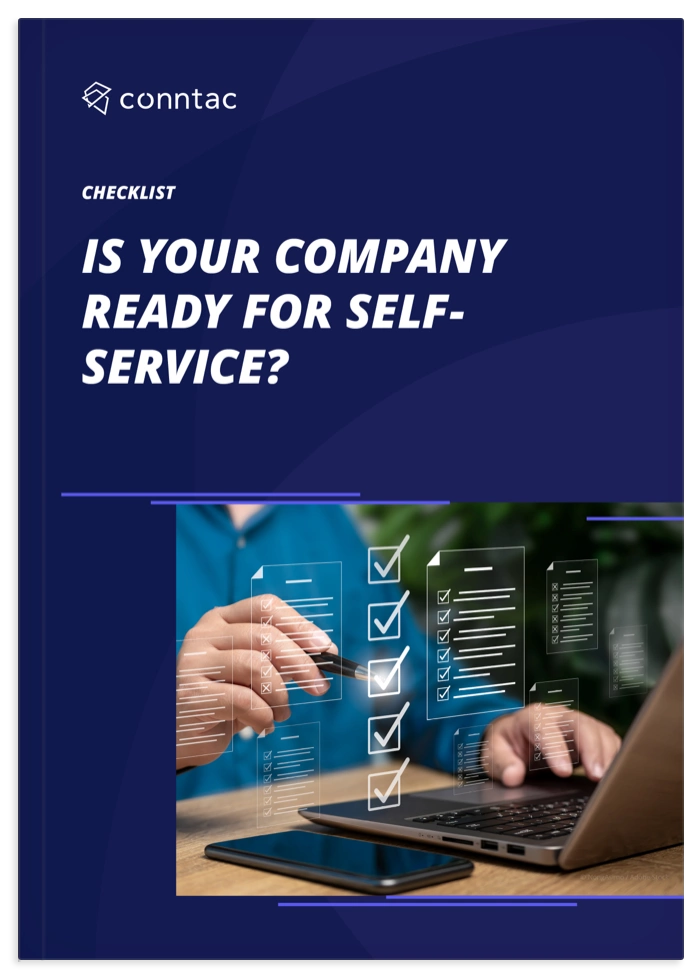By now (almost) everyone knows the AHA rule. Because the Corona pandemic has been with us for more than a year now. A crisis that poses immense challenges for all of us.
Home offices have become the new standard in recent months, people shop online and game nights are currently held digitally. Certainly, it took some time to get used to this reality, but by now we also know its advantages. However, only as long as these alternatives also function accordingly. It becomes frustrating when the internet fails or the connection is so bad that the picture of the person you are talking to constantly freezes.
But the crisis is not only a difficult situation for private individuals; companies are also facing major challenges. Customer relations in particular are suffering from the ongoing difficulties, forcing companies to find suitable solutions and implement them promptly. However, most people have already discovered that this is often not as easy to do as they say. Because adapting to a situation that changes daily is quite complicated.
Challenges of Internet Service Provider
Two screens stand on the dining table in the living room, next to them several stacks of documents and an open file folder. The fact that people eat together here every evening is unimaginable during the day.
Who doesn't know it? Over a year ago, the Corona pandemic forced us to make our homes fit for work, to remodel our usual routines and to blur the dividing line between everyday life and work. Today, we only hold our meetings via video conference, there are scheduled coffee breaks and the highlight of the day is cat videos that are shared in the company's internal chat under the category #funny or #random.
For this "new everyday life" to function smoothly, a stable internet connection is essential. But when the whole family participates in video conferences in the home office or home schooling, the booked bandwidths of the internet tariffs are often no longer sufficient. Wi-Fi coverage is also of great importance here.
But especially in such a situation, there is no time to get to the bottom of questions and problems with the home network or to research new tariffs and suitable hardware. Visiting a service point is also not possible at all or only to a limited extent at the moment. The only help here seems to be the service hotline, but this is additionally burdened and usually more frustrating than helpful.
These are just some of the challenges and expectations for telcos and internet service providers that need to be considered.
Empty office buildings and lack of customer contact
But the shift to the home office is not only a major challenge for employees. Companies with predominantly analogue processes, for example, are hit particularly hard. Because the pandemic also meant that every company, small or large, had to go online overnight.
The exchange of documents, signatures and also events now run completely digitally. It becomes particularly difficult when it comes to hiring new employees and familiarising them with the existing structures (onboarding). The complexity of such a process is intensified by home office and can only be cushioned by a functioning digital infrastructure in the company.
With all these challenges, it is also difficult to maintain contact with clients, let alone win new ones. The current situation resembles a long-distance relationship, as clients seem further away than ever before.
In order to close this gap, new channels have to be created in a short time to offer customers additional services or to distribute information about new measures. This ties up additional resources and, due to the rapid rollouts, errors and confusing customer journeys are pre-programmed.
But even in branches and service points of various providers, where service staff used to sit before Corona in order to be able to advise customers on the spot in the office, there is now an empty desk. Employees now have to come to terms with new work processes and media in a very short time.
Technical professions are also affected by change
Technical professions are also experiencing a strong change. For example, on-site visits by technicians for initial set-up, problem analysis and solution of company networks or home internet connections are no longer possible or only possible to a limited extent.
Due to the fact that personal contact options are no longer available, customers are increasingly using the hotline, which in turn becomes an additional burden. Here it is important to find new ways and create digital service offerings.













